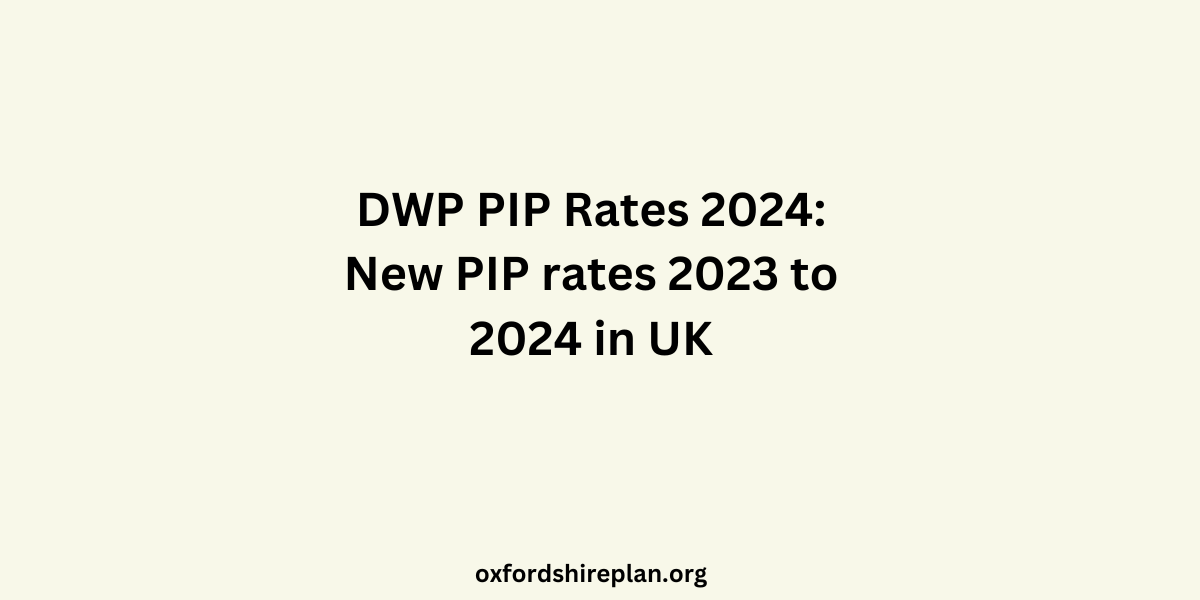Is redundancy pay taxable – When you lose your job due to redundancy (which means your employer no longer needs your role), you might receive a payment called redundancy pay. This payment is meant to help you during the transition and provide financial support. In this article, we will answer all your queries like is redundancy pay taxable and many more. Let’s start:
Contents
Tax-Free Portion
The good news is that part of your redundancy pay is tax-free! You can receive up to £30,000 without any tax implications. Think of this as a little bonus to ease the situation.
What Counts as Tax-Free?
- Redundancy Pay: The first £30,000 of your redundancy pay is exempt from tax. So, if your total redundancy package is below this limit, you will not owe any tax on it.
- Non-Cash Benefits: Sometimes, your redundancy package includes non-cash benefits like a company car or a computer. These benefits are given a cash value, which is then added to your redundancy pay for tax purposes. Be aware that this might push your total pay above the £30,000 threshold.
What Will Be Taxed?
Redundancy Pay Over £30,000: If your redundancy pay exceeds £30,000, the extra amount is subject to income tax. Your employer usually deducts tax when they pay you, but it is important to double-check if they got it right.
- Other Payments: Some parts of your redundancy package are treated like regular income and are taxable. These include: Holiday Pay: Tax and National Insurance are deducted from holiday pay.
- Pay in Lieu of Notice (PILON): If you leave early or immediately after redundancy, any PILON you receive is fully taxable.
Bonus and Overtime: If you are owed unpaid wages, bonuses, or overtime, these amounts will also have tax and National Insurance deductions.
How can I calculate my redundancy pay?
Calculating your redundancy pay involves a few steps. Let us break it down:
Eligibility: First, ensure that you qualify for redundancy pay. You must have worked for your employer for at least 2 years to be eligible.
Weekly Pay: Calculate your average weekly pay over the 12 weeks before the day you received your redundancy notice. If you were on furlough due to COVID-19, use what you would have earned normally, not what you were paid during furlough.
Tax-Free Threshold: Part of your redundancy pay is tax-free. You can receive up to £30,000 without any tax implications.
- Formula for Statutory Redundancy Pay: If you are under 22, you get half a week’s pay for each full year of service.
- If you are aged 22 to 41, you receive one week’s pay for each full year.
- If you are 41 or older, it is one and a half week’s pay for each full year.
Maximum Weeks: The maximum number of weeks you can count is 20.
- Calculate: Multiply your weekly pay by the appropriate factor (based on your age).
- Multiply the result by the number of years you have worked (up to a maximum of 20 weeks).
- If the total exceeds £30,000, the excess is subject to income tax.
Avoid Surprises
Before you start planning what to do with your redundancy pay, calculate the tax in advance. Consider what is tax-free and what is not. It will help you make informed decisions.
Remember, this guide simplifies a complex topic. Always consult a professional or check official government resources for personalized advice.
Some FAQs
Is redundancy pay taxable?
No, part of your redundancy pay is tax-free. You can receive up to £30,000 without any tax implications.
What counts as tax-free redundancy pay?
The first £30,000 of your redundancy pay is exempt from tax. This includes the redundancy payment and any non-cash benefits converted to a cash value.
Read More:
- Know All About Buy To Let Housing Crisis
- The Best Benefits for Pensioners and the Over 60s
- How To Find My Pensions With NI Number
- Is Redundancy Tax Payable? Everything You Need to Know
- How to Apply for Personal Independence Payment (PIP): How long does PIP take
- What is a P60: What is it, and How do you get one?
- What is a P45 meaning and how do I get one?

I am a dedicated lifestyle and fashion enthusiast, always looking for the latest trends and timeless styles. With a flair for creativity and a passion for self-expression, I provide fresh insights and tips on elevating everyday living and personal style.
















